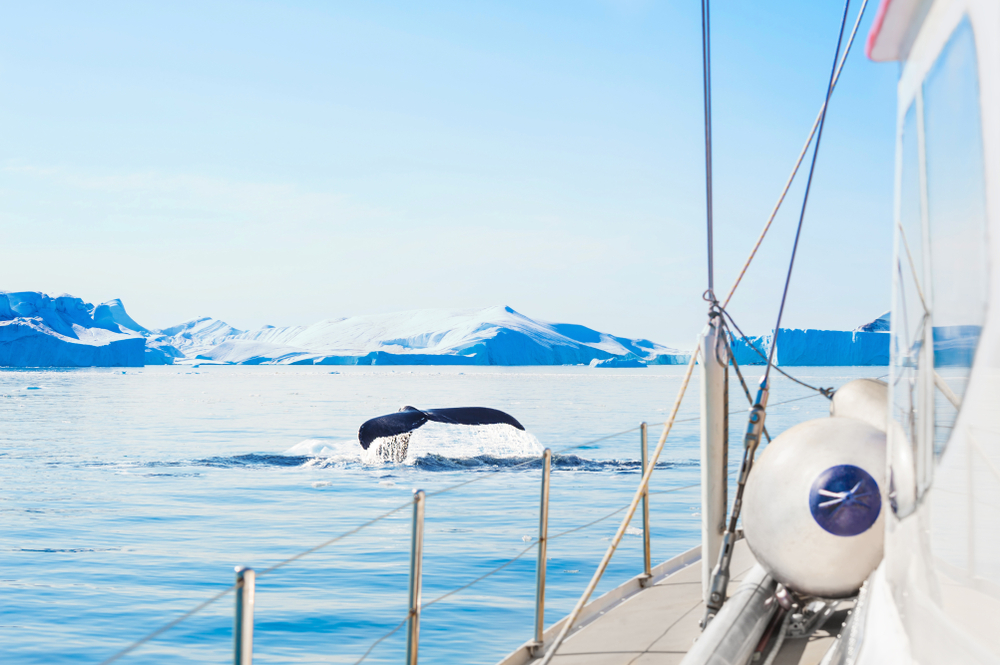As we are all becoming increasingly eco-conscious, millennials in particular are seeking out expedition yachts which allow them to explore the world, without harming it. To meet their demands, superyacht designers are now creating a new generation of sustainable yachts that combine state-of-the-art technology with exciting and stylish new materials.
A look at the new breed of expedition yachts
Just how possible is it to create sustainable expedition yachts without compromising on luxury, style and comfort? Already, significant technological advances are being used to make yachts both cleaner and more efficient, and careful onboard measures can reduce waste and the use of chemicals. But now it’s the interiors that are getting eco-friendly makeovers, meaning that today’s sustainable yachts can still be stylish and stunning.
Technical measures
Energy-saving measures are not only good for the planet, but they also reduce running costs, making them highly attractive to yacht owners. Such measures include:
- hybrid propulsion engines: combining battery and fuel to ensure clean exhausts, hours of silent operation at anchor, lower consumption and fewer emissions, lowering the vessel’s impact
- solar panels: clean and silent, with no emissions or harmful greenhouse gases, and quiet anchorages without engine or generator noise
- dynamic positioning system: allowing expedition yachts to stop and maintain their position where dropping anchor would damage coral

Practical onboard measures
Increasingly expedition yacht owners and crew are adhering to carbon offset programmes and using chemical-free products onboard, as well as sorting waste and recycling plastics. But several other practical measures can also be taken:
- wastewater recovery systems: avoiding environmental damage resulting from uncontrolled dumping of used water
- sophisticated water filtering system: using recycled water to wash down decks
- kitchen gardens: by installing irrigation and drainage systems, automatic humidity-measuring devices and ultraviolet light sources, herbs and vegetables can be grown in nutrient-rich water onboard, without soil
- TBT-free antifouling paint: used on hulls to avoid damaging micro-organisms
Design measures
In their bid to create sustainable yachts that are still aesthetically pleasing, luxurious and comfortable, designers are becoming increasingly innovative, using recycled, repurposed and exciting new materials. Here are just a few of them:
- sustainable woods: using FSC certified wood from responsibly-managed forests, or artificial teak, which is greener and hardier than the real thing
- reclaimed wood: repurposing reclaimed pitch pine for flooring and cabinetry, or reclaimed walnut and yew for furniture and panelling
- fishing and farming industry by-products: repurposed and transformed to create luxury products and finishes, such as bamboo on the ceiling or even pufferfish skin on cabinets
- agricultural waste: bio-based materials such as sugars, natural oils and cornstarch repurposed to create resins
- innovative new materials: Green Blade, a veneer made from banana plant trunks used as wall covering; mushroom fibres as a leather-replacement; water-based over carbon-based lacquers; and carbon-neutral plastic made from captured methane and greenhouse gases used in furnishings
Sea-faring millennials are keen to use expedition yachts that avoid endangering marine life and harming biodiverse ecosystems, so it’s exciting to know that next-generation custom yachts are being designed that combine efficiency and sustainability with style, comfort and luxury.


Comments are closed.